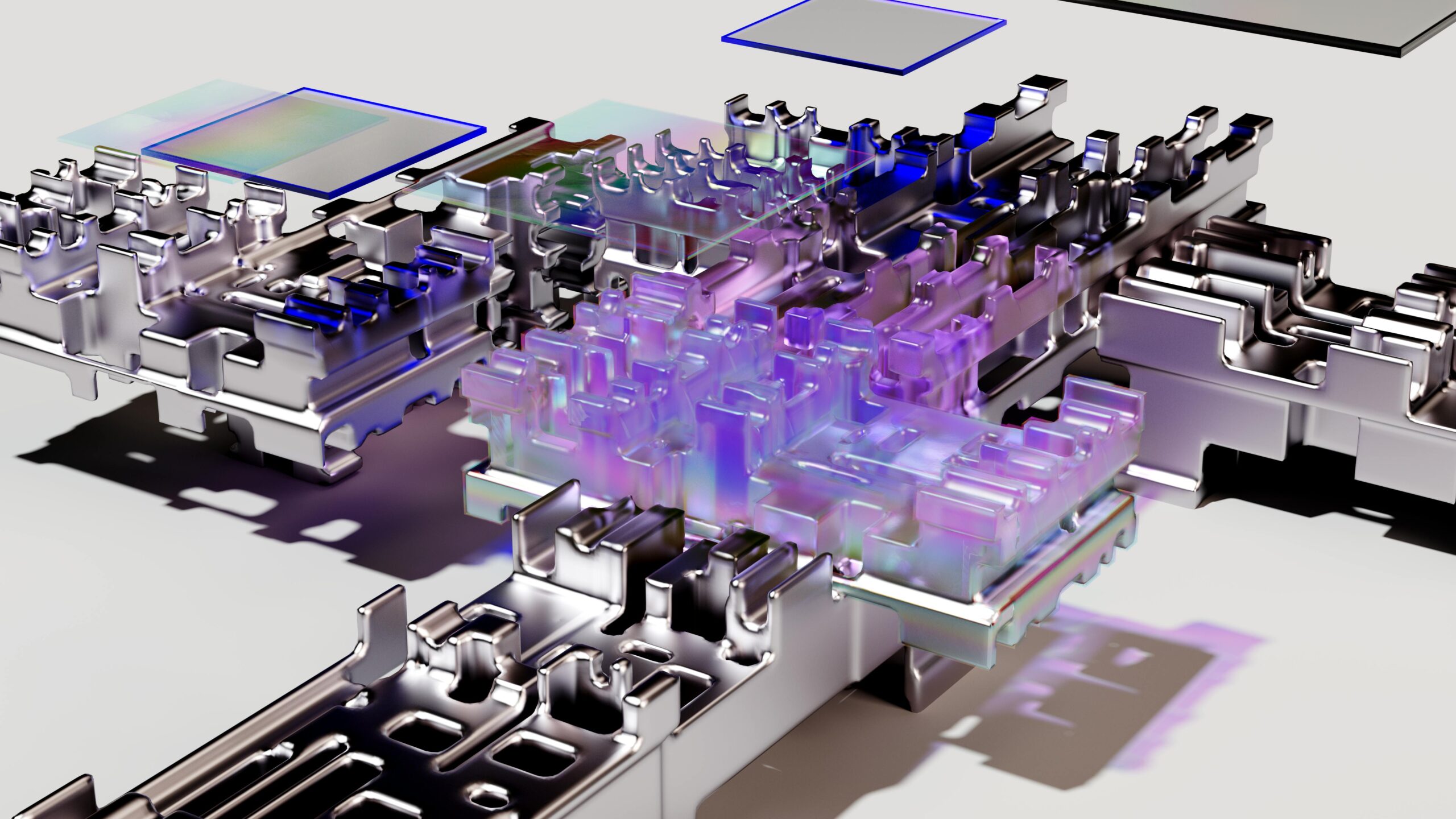As artificial intelligence continues to transform our world, a crucial conversation is emerging: the openness of the hardware that powers it. For too long, AI hardware has been dominated by proprietary systems, creating barriers to innovation and concentrating power. This article explores why embracing open AI hardware is vital for ensuring that the benefits of this transformative technology are widely shared, rather than confined to a select few.

The Growing Reliance on Specialized AI Hardware
The reality is that a significant portion of today’s AI applications rely on specialized hardware designed and controlled by a limited number of large corporations. These proprietary platforms often come with a hefty price tag, restricted access, and a lack of transparency, presenting significant hurdles for independent researchers, startups, and organizations in less developed regions. This concentrated control stifles innovation and hinders broader participation in the AI revolution.
The Consequences of Closed Systems
The proprietary nature of current AI hardware has several far-reaching consequences. It restricts independent verification of how AI systems function, making it difficult to fully audit their operations or tailor them to specific needs. This opacity can also obscure potential biases within algorithms and create significant security vulnerabilities. Essentially, without access to the foundational hardware, the ability to truly understand and refine AI models is severely limited.

The Case for Open AI Hardware: A Paradigm Shift
An alternative approach – open AI hardware – presents a compelling solution. Open hardware platforms embrace the principle of public availability, making designs, specifications, and software interfaces accessible to all. This transparency unlocks a wealth of advantages, transforming the landscape of AI development.
Democratizing AI: Breaking Down Barriers to Entry
Perhaps the most impactful benefit of open AI hardware is its ability to democratize AI. By lowering the cost and complexity of building and deploying AI systems, it empowers a broader range of individuals and organizations to participate in AI development. This wider participation fosters diversity of thought and application, leading to more inclusive and impactful solutions.
Fostering Transparency and Building Trust
Transparency is paramount when dealing with powerful technologies like AI. Open hardware allows for thorough auditing and verification processes, leading to the creation of more trustworthy and secure AI systems. Knowing exactly how a system operates—from the hardware level—builds confidence and facilitates responsible development.
Accelerating Innovation Through Collaboration
The power of open platforms lies in their ability to encourage experimentation and collaboration. When designs and specifications are readily available, individuals and teams can freely adapt, improve, and share their innovations. This collaborative environment significantly accelerates the pace of technological progress.
Customization and Optimization for Specific Needs
Proprietary hardware often presents a one-size-fits-all approach, failing to address the unique requirements of specific applications. Open hardware empowers developers to tailor solutions to precise needs, leading to more efficient and optimized AI systems. This level of customization unlocks a new level of performance and value.
Drawing Parallels: The Open Source Software Revolution
The case for open AI hardware is deeply rooted in the success story of open source software. The open source movement revolutionized the digital world by breaking down barriers, fostering collaboration, and creating a vibrant ecosystem of tools and applications. Open source software is now the bedrock of the internet, cloud computing, and modern AI itself.
A Proven Model for Innovation
The open source model demonstrated that shared knowledge and collaborative development can lead to breakthroughs that proprietary systems often miss. By applying these same principles to hardware, we can unlock similar benefits for the next wave of AI innovation, fostering a more diverse and robust ecosystem.
Current Initiatives and the Challenges Ahead
While the concept of open AI hardware is gaining traction, the landscape is still evolving. Several promising initiatives are already underway, including RISC-V, an open instruction set architecture, and various open-source AI accelerator projects.
Navigating the Roadblocks
However, the open AI hardware ecosystem faces several challenges. Funding remains a significant obstacle, as does the need for greater standardization. Furthermore, established players who benefit from closed systems may resist the shift towards openness. Overcoming these challenges requires a concerted effort from all stakeholders.
The Crucial Role of Investment, Community, and Policy
Building a robust open hardware ecosystem necessitates strategic investment, strong community support, and supportive policy frameworks. Governments, universities, and industry leaders all have a vital role to play in fostering openness and interoperability. Encouraging collaboration and providing resources for open hardware development will be essential for realizing its full potential.
The Societal Stakes: Shaping the Future of AI
The conversation surrounding open AI hardware is not merely a technical discussion; it is a societal imperative. If AI hardware remains concentrated in the hands of a few powerful corporations, the future of AI will be shaped by their interests, potentially exacerbating inequality and limiting global participation. Open hardware offers a path towards a more equitable and inclusive AI future, where innovation benefits everyone.
Ensuring Accountability and Inclusivity
Open hardware can help ensure that AI serves the broader public good, promoting innovation, inclusion, and accountability. By embracing openness, we can mitigate the risks of bias, security vulnerabilities, and concentrated power that are inherent in closed systems.
Conclusion: A Call for an Open AI Future
Open AI hardware is not just a desirable goal; it is a necessity for democratizing access, fostering innovation, and ensuring transparency in the rapidly evolving field of artificial intelligence. By learning from the proven model of open source software, we can build a more inclusive and trustworthy AI future – one where everyone has the opportunity to contribute and benefit. The future of AI depends on embracing openness and fostering a collaborative ecosystem where innovation thrives and the benefits of this transformative technology are shared by all.





Leave a Reply
You must be logged in to post a comment.